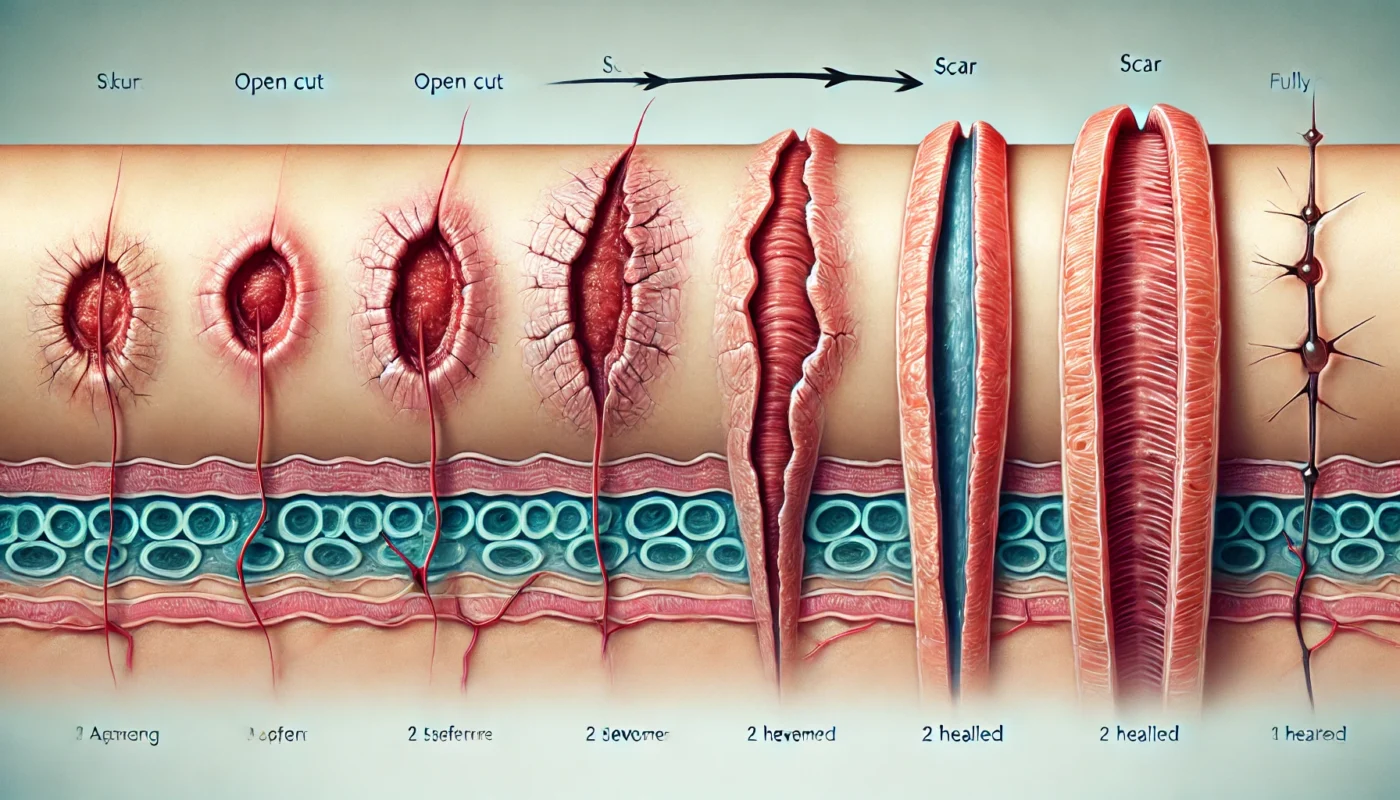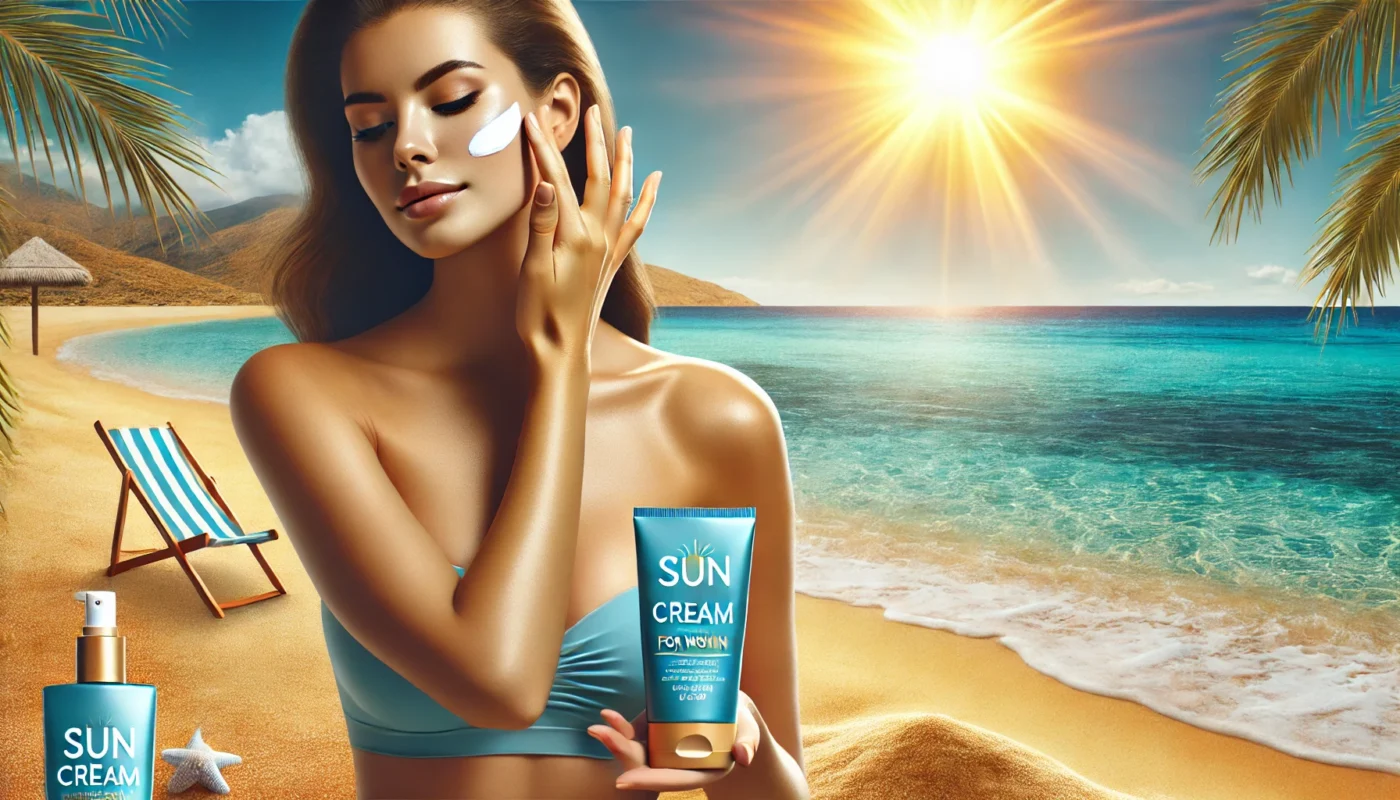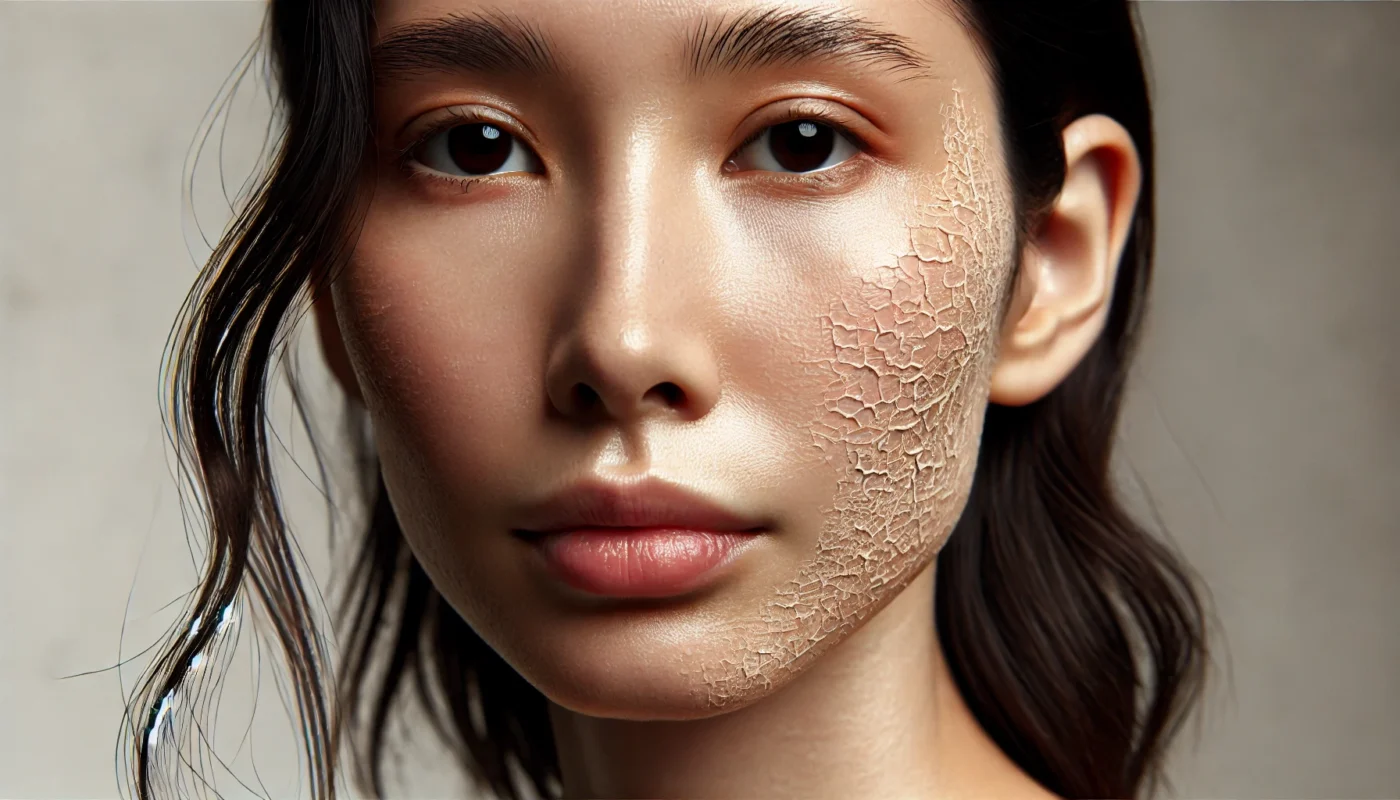Scarring is an inevitable part of the body’s natural healing process. Whether it’s a small cut, a surgical incision, or a significant injury, scars form as the skin repairs itself. Understanding the factors that affect scar healing duration can help you manage expectations and take proactive steps to improve healing outcomes.
Tag Archives: dermatology
Sunburn occurs when the skin is overexposed to ultraviolet (UV) rays from the sun, leading to damage at the cellular level. This damage triggers an inflammatory response, which can result in redness, pain, and, in severe cases, blistering. If the damage penetrates deeply enough, it can affect the dermis, leading to scarring.
To understand the transition from sunburn to tan, it’s essential to first comprehend what exactly happens to your skin during sun exposure. When your skin is exposed to UV rays, it triggers a response from melanocytes, the cells responsible for producing melanin—the pigment that gives skin its color. Melanin acts as a natural defense mechanism, absorbing and dispersing UV rays to prevent further damage.
In this article, we will delve into the effective use of steroid creams for sunburn, discussing their benefits, potential side effects, and best practices for application. Let’s explore how these creams can be part of your holistic approach to skincare and wellness.
Vitamin E is often lauded for its antioxidant properties, which can help protect skin cells from damage caused by free radicals. These properties make it a popular ingredient in skincare products aimed at improving skin appearance and health. But how does it play a role in scar healing? The scientific community has had mixed views on the effectiveness of vitamin E for scars, though many users swear by its benefits.
Skin inflammation can be both a symptom and a condition in its own right, often resulting in discomfort and affecting one’s self-esteem. Understanding how to manage and reduce skin inflammation is crucial for maintaining healthy skin. In this article, we will delve into effective strategies to combat skin inflammation using holistic and alternative approaches, supported by scientific research.
In this comprehensive guide, we will delve into the key aspects of sun cream for women, offering practical advice backed by scientific research. Our goal is to equip you with the knowledge to make informed decisions for your skin health.
Understanding Sunscreen: The Basics
Sunscreens, often referred to as sun creams, are formulated to protect the skin from the harmful effects of ultraviolet (UV) radiation. There are two types of UV rays that affect the skin: UVA and UVB. UVA rays penetrate the skin more deeply and are primarily responsible for premature aging and wrinkling, while UVB rays are the main cause of sunburn. Both types contribute to the risk of skin cancer.
Types of UV Radiation
Understanding UVA and UVB rays is essential for selecting the right sun protection. UVA rays are long-wave rays that penetrate deep into the dermis, the skin’s thickest layer. They are present with relatively equal intensity during all daylight hours throughout the year, and can penetrate clouds and glass. This makes protection against UVA critical, even on cloudy days or indoors.
UVB rays, on the other hand, are short-wave rays that are primarily responsible for direct damage to the DNA in skin cells and are the main cause of sunburn. They vary by season, location, and time of day, with the most significant amount reaching the Earth’s surface between 10 a.m. and 4 p.m. during the spring and summer months. Understanding this can help you plan outdoor activities at safer times of the day.
Dry skin on the face is a common concern. It can be uncomfortable, and for some, it may even impact self-confidence.
But how do you know if you have dry skin?
The answer lies in understanding the symptoms. These can range from a feeling of tightness to visible flakiness.
However, recognizing dry skin is just the first step. It’s equally important to understand the underlying causes.
Factors like diet, environment, and even stress can play a role. By addressing these, you can start to manage and improve your skin’s condition.
This guide will help you navigate the complexities of dry skin. It bridges the gap between scientific research and practical application, providing a comprehensive understanding of the topic.
Whether you’re a fitness enthusiast, a health enthusiast, or a medical patient, this guide offers detailed, practical advice. It’s grounded in scientific research and holistic health principles, making it a reliable resource for your skin health journey.








